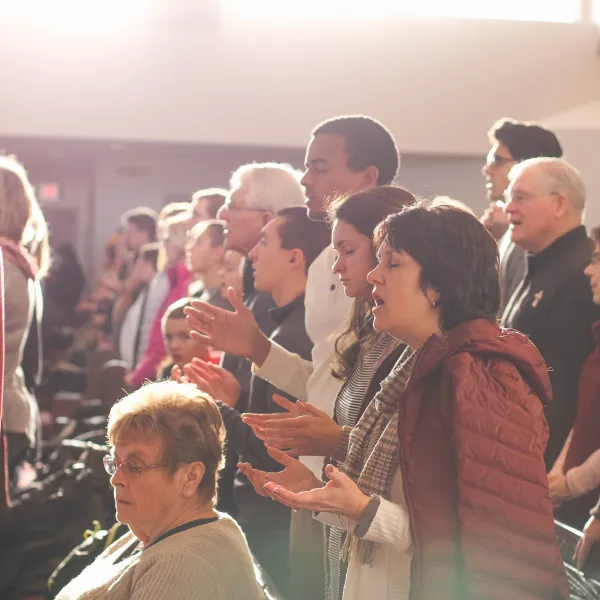What is a Religious Funeral?
A religious funeral is a ceremony where loved ones and friends gather to mark the passing of someone who was important to them. A religious leader will preside over the event and guide mourners through the process of saying goodbye. Congregants are usually present to help guide everyone through the ceremony and any religious rituals that are associated with the event.
Religious funerals vary in their customs, but there are universal similarities that you can expect. If you are attending a religious funeral, you'll feel more comfortable knowing about the customs before you attend. For instance, you can expect the funeral to be held at a house of worship. You can also expect prayers to be said out loud, no matter what type of religious funeral you're attending.

There are a wide variety of religious funerals, but some of the most common are:
Religious Funeral Traditions
In most religious traditions, prayers or chanting are common at funerals. This may feel unfamiliar to you. Attendees are not required to join in group prayers or chanting but may do so out of respect to the family. Some people feel moved by the ceremony to join in as a way of honoring the departed. This can happen even when they're not familiar with the religious traditions guiding the funeral ceremony.
At Christian, Buddhist, and Jewish funerals, it's typical to have a eulogy. Described as a form of storytelling, a eulogy serves to help people remember the life of the loved one. Depending on the religion and the family's preference, the eulogy may be given by the officiant and/or friends and family members.

Religious Funeral Etiquette
People attending a religious funeral are expected to be considerate of the family's religious beliefs. This sometimes means paying your respects in a religious context even though doing so may feel foreign to you.
Most religions also prescribe a customary color of mourning. You'll want to find out what that is if you're attending a religious funeral. Very often, the color that's associated with honoring the departed is either black or white.
For faiths whose color of mourning is black, attendees should wear black or dark clothing that's neat and clean. Funerals typically call for a more formal style of dressing, too. It's customary for men to wear a suit and women to wear a black pantsuit or dress and black shoes.
Similarly, for faiths where the mourning color is white, it's respectful to wear slightly formal clothing that's neat, pressed, and clean. This symbolizes your grief in a way that doesn't require words and helps bond together all the mourners who are in attendance in support of the family.

Religious Funeral FAQ
How long will the funeral service be?
A religious funeral can range from about half an hour to over an hour. It also depends on the religion. Use the links above to learn about specific... read more
Do people still send flowers to a funeral?
This depends on the religious tradition of the funeral you're attending. For Jewish funerals, it's customary to send a donation to the charity in the name... read more
If I want to send flowers, what type is best?
The rules for sending flowers to a funeral are less stringent these days, but the sentiment remains the same: flowers should be uplifting and comforting to... read more
Do I need to be invited to go to a funeral?
Most religious do not have a tradition of sending out invitations for a funeral service. That can make it difficult to know about them. It can also be hard... read more
What is appropriate to wear to a funeral?
First, as mentioned above, there may be a color associated with mourning. You should find out and base your attire on that color. Typically, it's black, but... read more
Do I bring my kids to a religious funeral?
Yes, you may. Children are typically in attendance at religious funerals. If you have very small children, you may want to sit near the back in case you... read more
